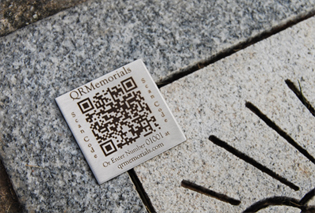 Bet you never thought that there would be places where death is a crime. Well, there are. Seven cities in Italy, France, Brazil, Spain and Norway urge their citizens not to die.
Bet you never thought that there would be places where death is a crime. Well, there are. Seven cities in Italy, France, Brazil, Spain and Norway urge their citizens not to die.
- Sellia, Italy – The town has only 537 residents, the majority over 65. The mayor decreed that getting sick was not an option. If the residents died, it might kill the town as well. Even though the ban is not enforceable, the town government encourages its residents to stay healthy. Anyone who doesn’t get a yearly checkup will be fined.
- Cugnaux, France – Because there were only 17 plots left in the town cemeteries, in 2007 the mayor decreed dying illegal for anyone who didn’t already have a crypt to be buried in. The only available land for a new cemetery was on a nearby military air base. However, the defense ministry did not want the town to bury its dead there. Luckily, the defense ministry finally gave in and agreed to allow burials.
- Sarpourenx, France – In 2008, because of overcrowded cemetery conditions, the mayor forbid residents from passing on. “Offender shall be severely punished.”
- Biritiba Mirim, Brazil – In 2005, there was such a shortage of space in the local cemetery that the mayor banned death. Luckily, a new cemetery opened in 2010 so people are allowed to go on dying.
- Lanjaron, Spain – In 1999, this town faced a grave shortage. So the mayor forbid his citizens to die until municipal officials could find space for a new cemetery.
- Falciano Del Massico, Italy – In 2012, this town decided to outlaw death as a way of prodding a neighboring town into letting it share cemetery space. (The neighboring town had been charging non-residents more for a plot.) As of 2014, the town was still fighting to get a new cemetery.
- Longyearbyen, Norway – It’s the world’s northernmost settlement and mostly a mining town. In 1950, realizing that bodies in the local cemetery were not decomposing, the town stopped allowing new burials. If you get sick and think you’re going to die, you’d better go elsewhere.
If you know of another town anywhere in the world that doesn’t allow death, we’d love to know about it.
For information about end of life planning, check out our website www.diesmart.com.

